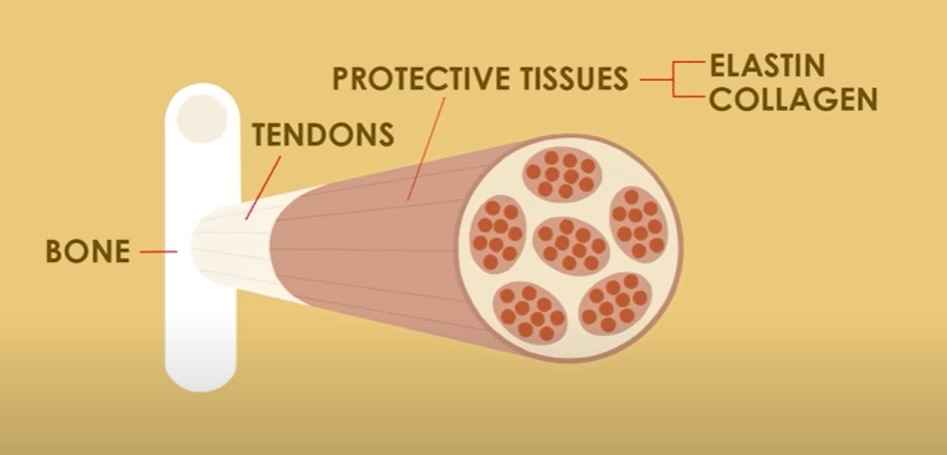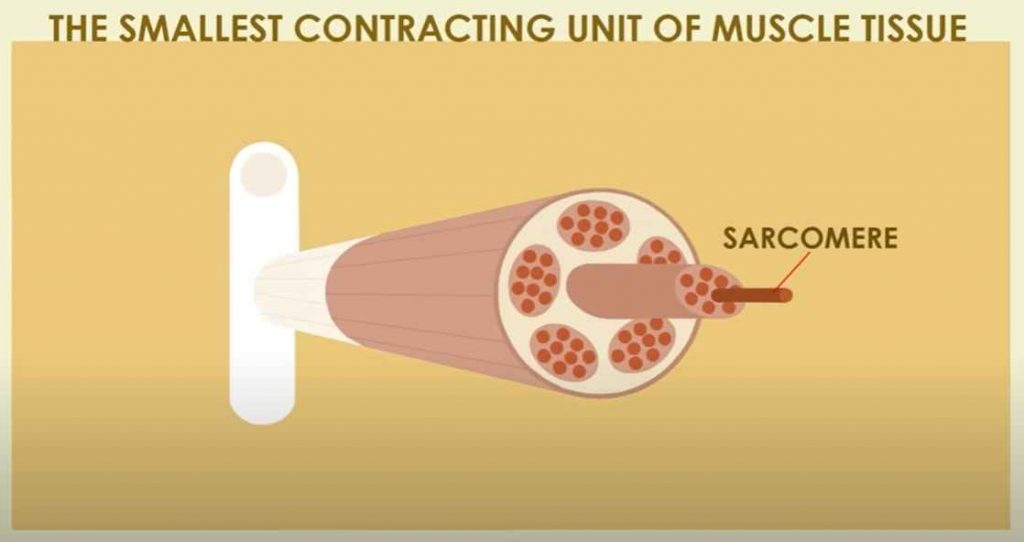stretch
Stretching is an essential part of any fitness regime. It helps improve flexibility and range of motion, which can lead to better performance and decreased risk of injury. However, not all stretches are created equal. To understand why, it’s important to know how muscles work.
Muscles have both elastic and viscoelastic properties. Elastic properties come from the elastin and collagen fibers in the muscle tissue, while viscoelastic properties come from the sarcomeres, which are the contractile units of the muscle. When you stretch a muscle, you are elongating the sarcomeres, which can improve the range of motion for the muscle. However, because of the viscoelastic nature of the sarcomeres, it takes time for them to return to their original length after the stretch. This is why it’s important to stretch consistently to maintain flexibility gains.


Permanently improved flexibility comes from adding additional sarcomeres to the muscle. This process is called sarcomerogenesis, and it can occur in response to consistent stretching and exercise. By adding sarcomeres, the muscle can maintain strength at greater lengths, which can further improve flexibility.

Studies have shown that a comprehensive stretching regime, coupled with regular exercise, is the most effective way to improve flexibility. The American College of Sports Medicine recommends stretching at least two to three times a week for a minimum of 10 minutes per session. However, current studies suggest that stretching for 10 minutes a day for two months is even more effective at improving flexibility.
Consistency is key when it comes to stretching. The more you stretch, the more your body adapts and the easier it becomes to maintain flexibility gains. Additionally, stretching can increase your pain threshold over time, making it easier and more comfortable to stretch. This is because stretching stimulates the production of endorphins, which are natural painkillers that can help reduce discomfort during stretching.
In conclusion, stretching is an important part of any fitness regime, and understanding how muscles work can help you get the most out of your stretching routine. By consistently stretching and exercising, you can improve your flexibility and range of motion, reduce your risk of injury, and enhance your overall physical performance. [1,2,3,4,5,6]
References
- TED-ED
- Weppler, C. H., & Magnusson, S. P. (2010). Increasing muscle extensibility: a matter of increasing length or modifying sensation? Physical Therapy, 90(3), 438-449.
- Blazevich, A. J., & Sharp, N. C. (2005). Understanding muscle stretch‐induced injury: contributions of animal experiments to understanding human stretch‐related injury. Clinical and Experimental Pharmacology and Physiology, 32(1‐2), 1-9.
- Kubo, K., Morimoto, M., Komuro, T., Yata, H., Tsunoda, N., & Kanehisa, H. (2007). Effects of plyometric and weight training on muscle-tendon complex and jump performance. Medicine and Science in Sports and Exercise, 39(10), 1801-1810.
- American College of Sports Medicine (2014). ACSM’s Guidelines for Exercise Testing and Prescription (9th ed.). Wolters Kluwer/Lippincott Williams & Wilkins Health.
- Behm, D. G., & Chaouachi, A. (2011). A review of the acute effects of static and dynamic stretching on performance. European Journal of Applied Physiology, 111(11), 2633-2651.
[print_link]